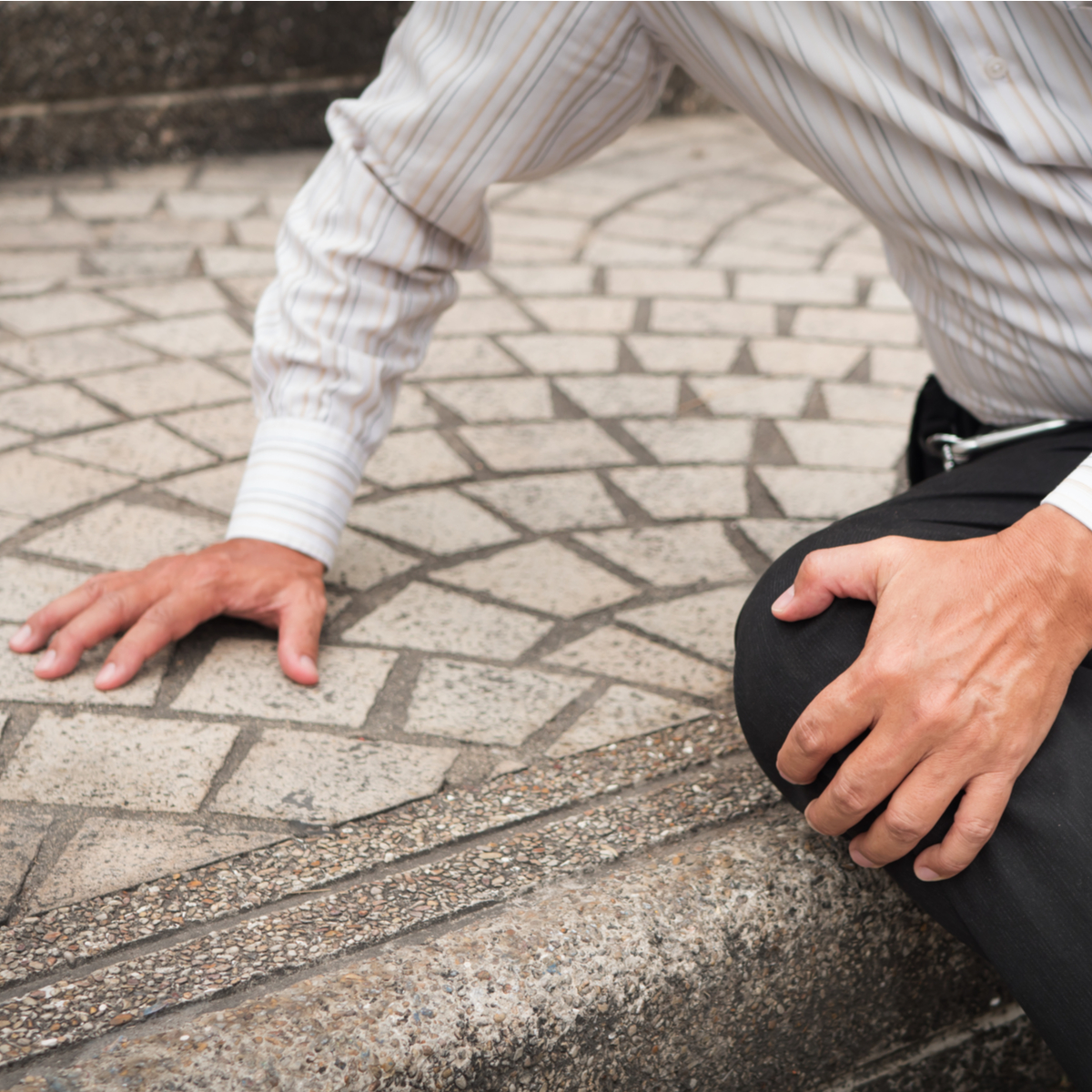A Guide to Slip-and-Fall Lawsuits
In 2015, more than 33,000 people died from falls. Falls have become so dangerous and so prominent that, in fact, they have been named the seventh likeliest reason for death by the National Safety Council, just over gun assault and immediately under motor vehicle crash.
And the outcomes can range anywhere from simple bruises and cuts to debilitating or outright fatal spinal cord and traumatic brain injuries.
While most of available studies and literature on slip-and-fall accidents and slip-and-fall lawsuits are focused on victims and claimants – usually customers and employees, there is a frequently overlooked side to these types of lawsuits: the defendants, the business owners and employers.
Slip-and-fall accidents can happen anywhere – including your business; and the next defendant could be you. Find out more about how these accidents can occur and how you can best protect your business and others against slips and falls.
Defining slip-and-fall accidents.
Slip, trip, and fall accidents can occur anywhere but there are common causes and risk factors to watch out for:
- Moisture
- Grease
- Obstruction
- Poor layout
- Poor warning
- Poor lighting
How are slip-and-fall accident claims proven?
While the definition of slip-and-fall lawsuits are basically the same in most if not all states, the elements that allow an individual to make a claim against a property or business owner may vary slightly from state to state.
In Texas, a specific element of slip-and-fall accidents requires for the claimants to prove that the defendant knowingly neglected a slip-and-fall hazard area before a case could even be deemed viable. For instance, a business owner must be proven to have knowingly foregone putting warning signs on wet and slippery areas and not cordoned off areas where there was excess grease or flooring problems (e.g. sloping, deceiving steps, etc) that could obstruct pathways. It should also be known that for fault to be established, the claimant must also prove that either the obstruction/condition that caused the slip-and-fall accident was created by the owner and/or the condition has existed long enough for the owner to have noticed and done something about it.
When this is established, the claimant will have to prove that they have suffered verifiable damages caused directly or indirectly by the injury. This includes showing hospital records and bills, as well as proof of lost wages.
When these conditions are met, the defendant will be allowed to question the facts of the case and present their own defense before the case moves onto the next level, which primarily would be arbitration and mediation before getting a trial.
How to protect your business from slip-and-fall lawsuits.
Slip-and-fall accidents are, fortunately, preventable, and here’s how you can protect your business against the costly lawsuits:
- Make sure there is adequate lighting in every corner of your workplace.
- Keep wires and cables away from walkways or at least cover them so people don’t trip on them.
- Make sure your carpets are in their best condition. Wrinkles, folds, and torn-up edges are trip risks.
- Clean up spills promptly using the right kind of mops.
- Apply de-greasing agents on oily areas.
- Keep walkways clear of debris or any other obstruction (e.g. open file drawers).
- Place ‘Wet Area’ warnings where needed.
- Invest in abrasive floor mats especially in areas that are highly likely to get wet or greasy.
To help safeguard your business against slip-and-fall lawsuits, invest in high-quality floor mats from Service Uniform! Our large selection of floor mats not only help prevent accidents but also help keep your floors clean!
Give us a call today at 210-226-2233 to get started!




